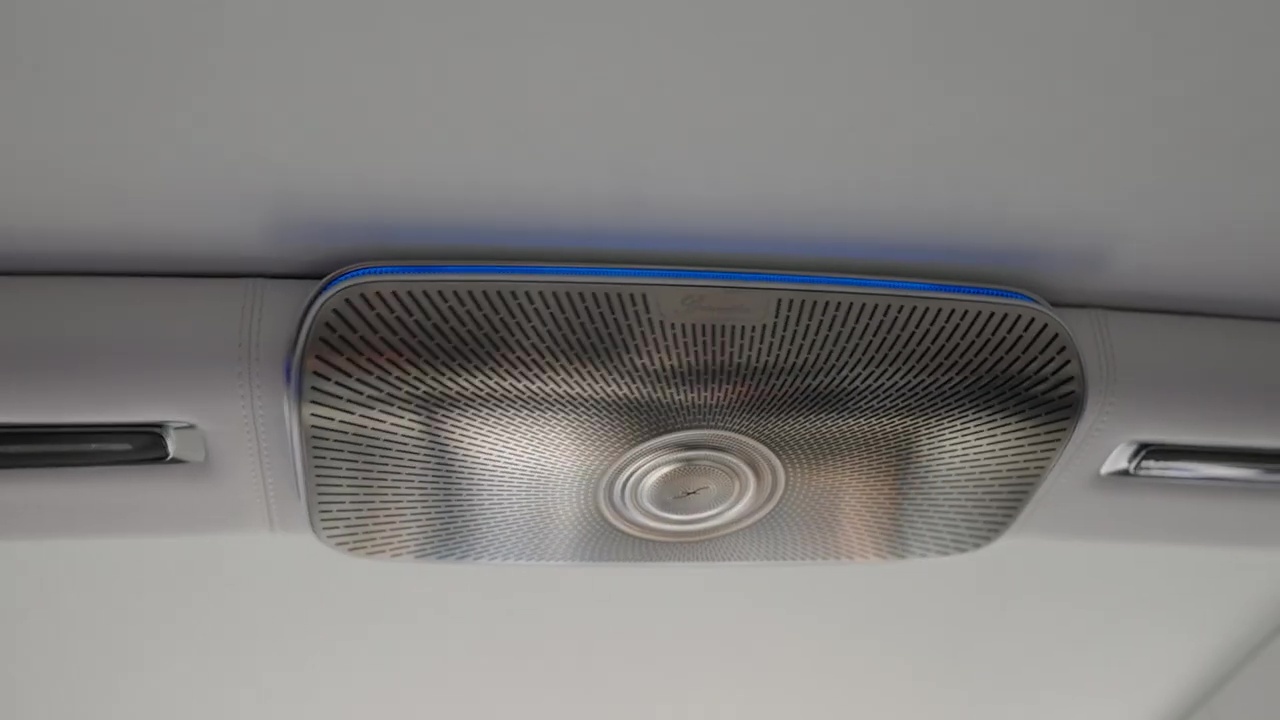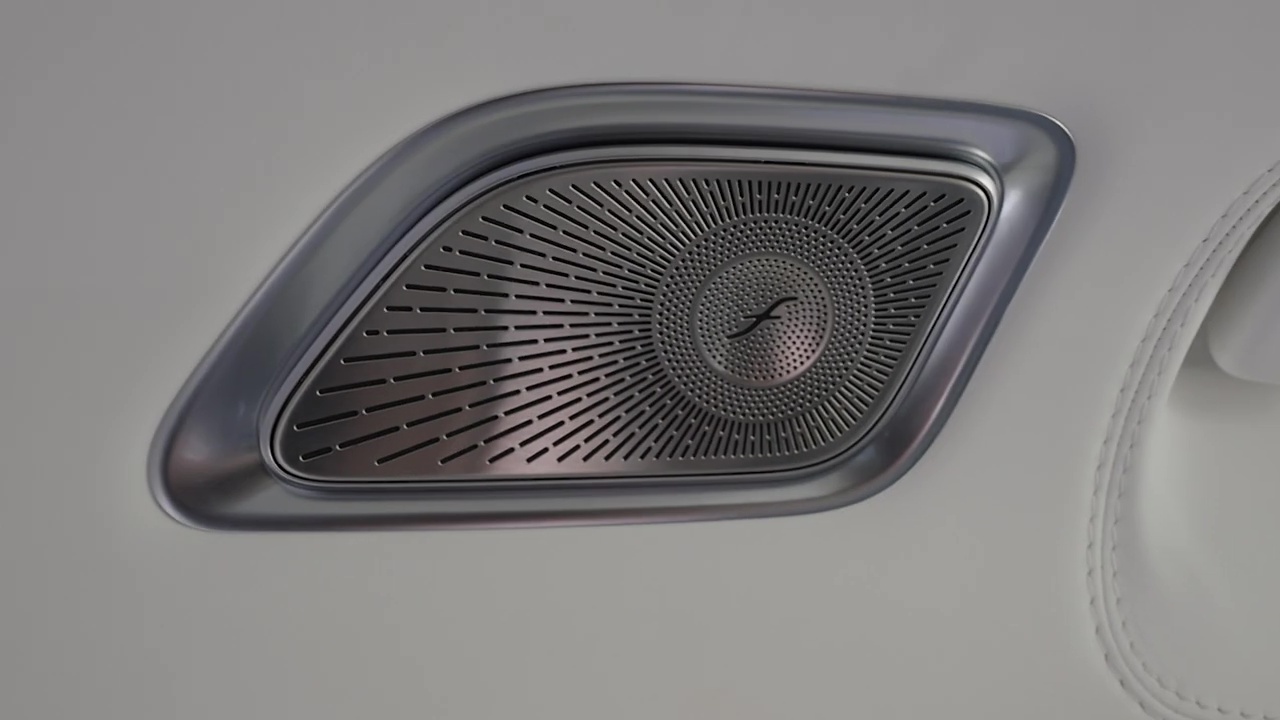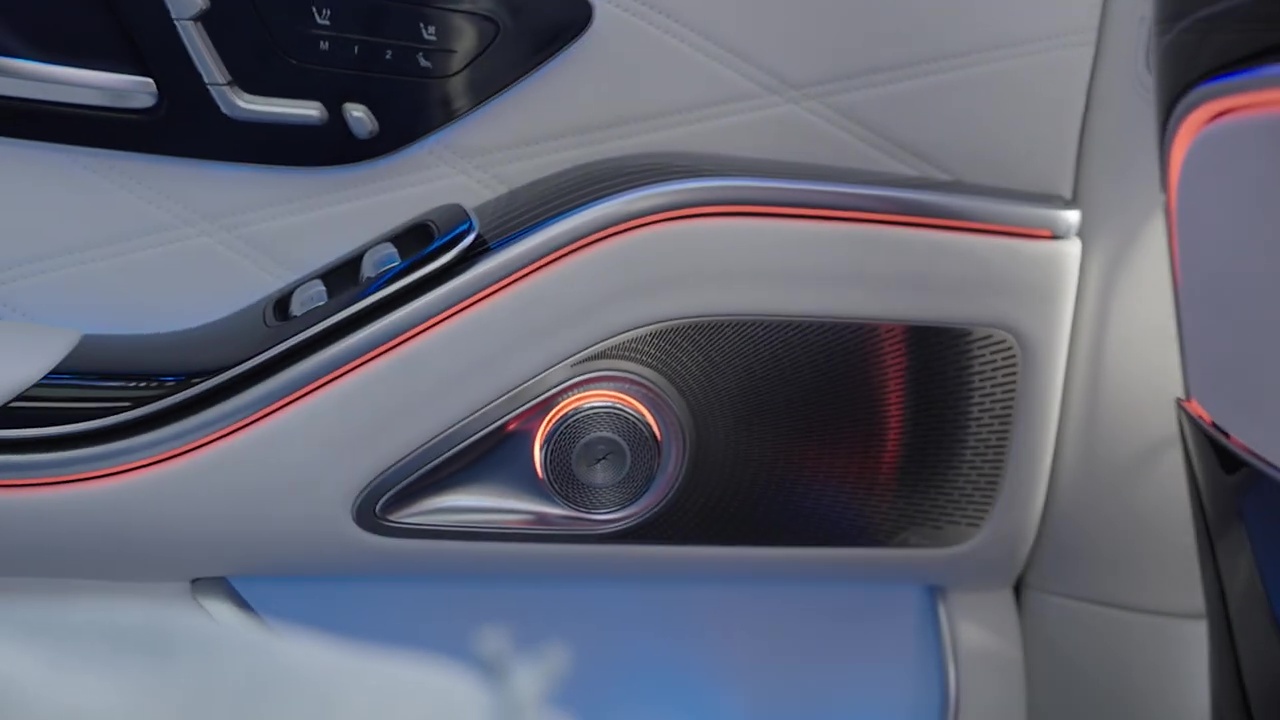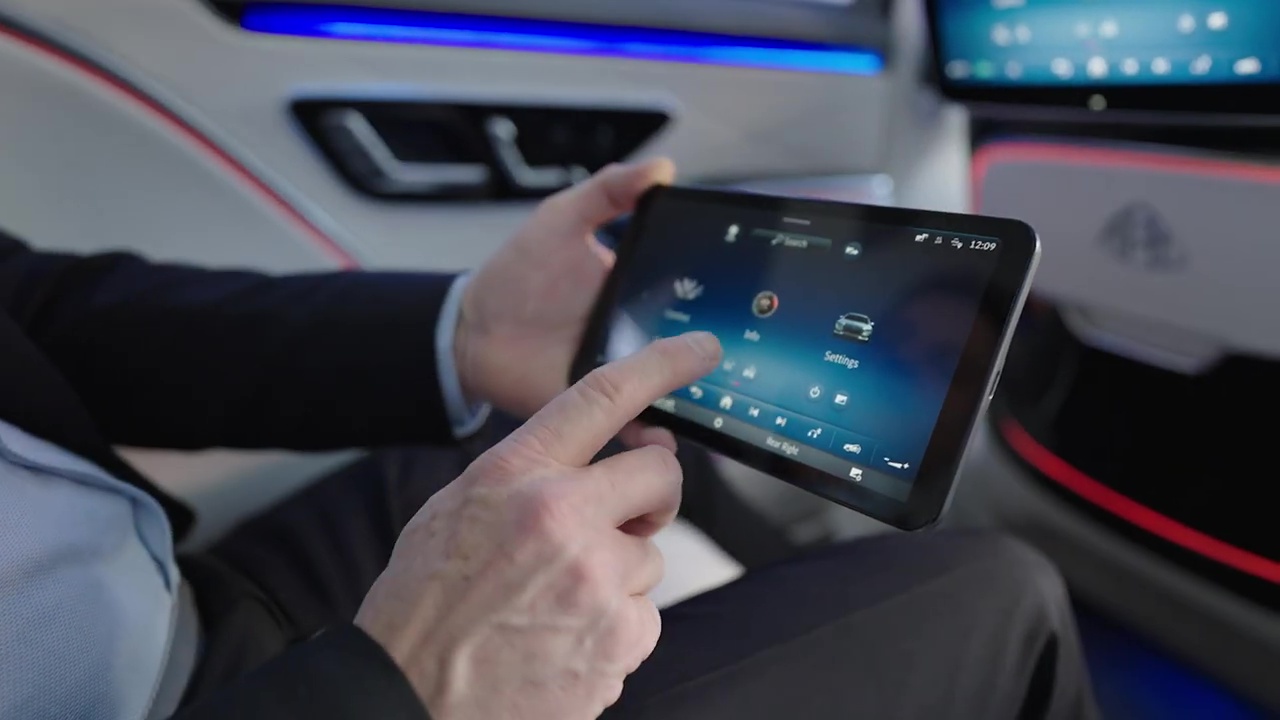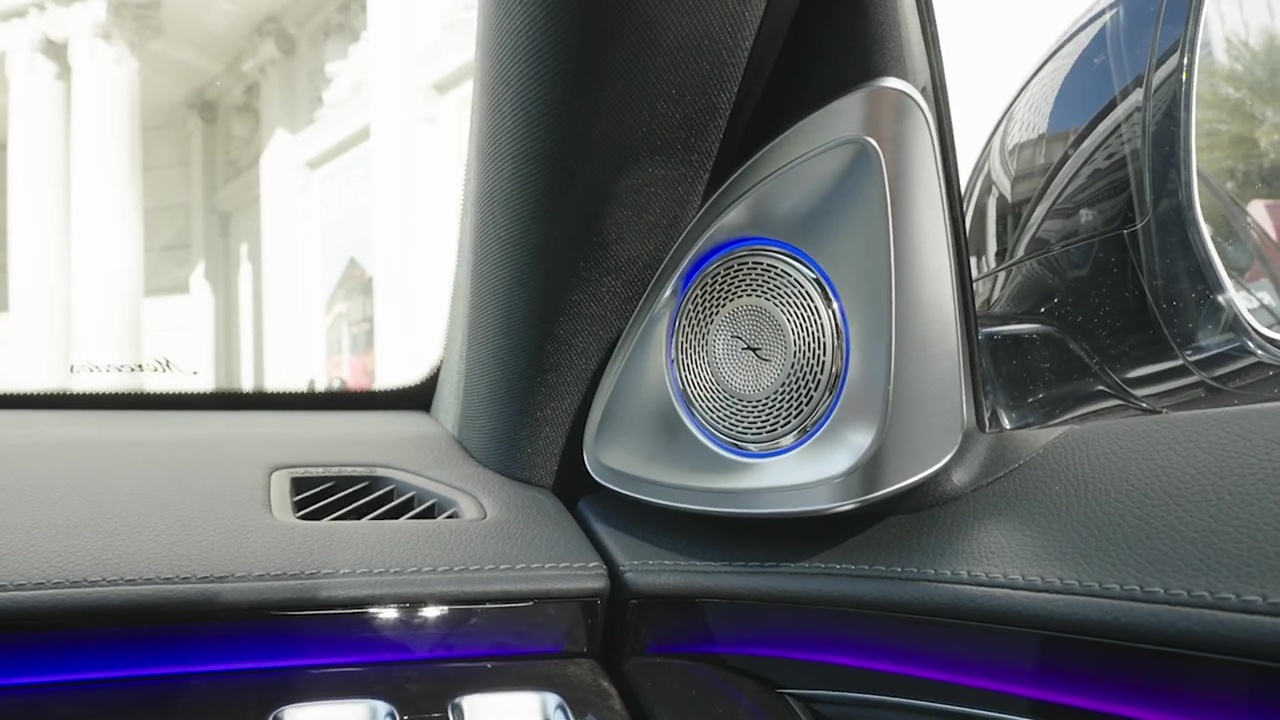We heard our first rumblings about Dolby Atmos FlexConnect in fall 2023. And when I first heard about it, I wrote about my numerous questions and concerns.
Well, I have good news. I paid Dolby a visit while at CES, and not only did I get some answers, but the ride I took to and from that visit with Dolby, well, that’s a whole story unto itself that we’ll get into here.
Dolby is ready to share more about FlexConnect. And while some new questions have popped up since that Las Vegas visit in January, those questions are less about how the technology works and more about when we’ll actually get it.
I’m going to share what I’ve learned about this potentially game-changing technology, but I’m going to sandwich it between a couple of slices of Dolby Atmos Music awesomeness I got to savor on the way to and from Dolby’s suite at the Nomad Hotel in Las Vegas.
Riding in sonic style
Dolby was my first stop of the morning. And to make it easier, Dolby offered to send a car to pick up my cameraman, Zeke, and me.
The car they sent was a Maybach.
I mention this not because I want to show you how fancy I got to roll across the strip that morning. I mention it because that Maybach was outfitted to the hilt with an incredible in-car
This would turn out to be pretty important as we moved into Dolby’s exhibit at the hotel.
Atmos in every form
Dolby had a few rooms to enjoy. One was a display of all the mobile devices on which

Another small room was outfitted with the kind of
Then, there was a room with commercial-grade speakers filling a much larger, party-style space where
A fixed and finicky setup
Except for the
There were front left, center, front right, side surround left, side surround right, rear surround left, rear surround right, subwoofers, and anywhere from two to six height speakers placed up high, if not right above, the listening area.

If you’re trying to do
Even a Samsung Dolby Atmos surround soundbar follows these principles. You need a soundbar full of speakers at the front, a surround unit toward the back (also loaded with speakers), and a subwoofer, as well. Samsung’s system is even capable of using a Samsung TV’s built-in speakers to enhance the overall experience.
Dolby developed FlexConnect, a platform that aims to make a better listening experience available to just about anyone.
That’s a lot of speakers. And they need to be placed in specific positions relative to where you sit to watch TV. And if you do a conventional system that uses an AV receiver or multichannel amplifier along with a bunch of independent speakers? Well, now you also have the challenge of speaker wires to deal with. Even the wireless surrounds with the Samsung soundbar system need to be plugged in and, well, you can imagine what kind of wire mess you’d be dealing with.
FlexConnect flexibility
That kind of barrier to entry is why more people aren’t enjoying

The key word there is platform. Dolby has designed the underlying processing technology and is making it available to a bunch of different manufacturing partners. Now, it’s up to
I’ll talk more about that in a moment. But first let me tell you a little bit about the demonstration I experienced.
FlexConnect in action
I was in was a hotel suite. It’s a nice space, but not really designed for a home entertainment system — and that was the point. This space could be anyone’s living room. There’s a TV with the brand name covered in tape. As I sit on the couch facing the TV, there’s a speaker way over on the right side of the room, and another much closer to me, on the left, tucked on a shelf. There is also a subwoofer in the room.

None of these speakers are placed in a way that would make sense for a conventional speaker system. The one on the right isn’t in the right spot to be a front right speaker, and it isn’t in the right spot to be a right surround speaker. The one on the left feels a bit too close to me, and it’s also just forward of where I’m sitting, so again, not really a front speaker or a surround speaker.
So, that’s two randomly placed speakers, in what I would normally consider terrible spots, and a subwoofer, plus the TV.
Next, Dolby loads up the FlexConnect app on a smartphone. The app communicates with the TV, and it receives signals that other speakers are in the room. So, at this point, it knows there is a TV with speakers, then two other speakers somewhere, and a subwoofer somewhere.

The wizard takes us through the setup process. As sound is emitted through the speakers and picked up by the phone’s microphone, the app uses the phone’s camera to read the room and find out where the speakers are in the space. It’s not just using acoustic cues, though it is getting those. It’s getting visual cues from the camera so that it can create an accurate map of where the speakers are relative to the listener and the TV.
I want to be clear that it is possible for this to work without a human using a phone. If the TV has a built-in camera and microphone — as many of them do already — then the TV can do all of this work on its own with the press of a button.

Once the baseline information is gathered, some computational work goes on — this takes a matter of seconds — and the system is now set up. It knows where the speakers are. It knows where the sound is coming from — including that the two speakers that have up-firing drivers. The system is now set up to process
Sony has something similar to this with its 360 Spatial Sound Mapping technology. But this is different. The chip that’s doing all this complex processing is built into the TV. And FlexConnect isn’t just optimizing the sound of a rather conventional speaker setup. It’s processing the sound so that, supposedly, we’ll hear sound coming from places where there are no speakers.

Now, at this point, I’m feeling fairly pleased with myself because this is more or less what I thought FlexConnect was going to be. Seeing how it got set up, though, was super enlightening and encouraging because now we know that, really, anyone can do it with a device they probably already own.
At this point, all that remained was for me to hear it.
The audio experience
Now, I won’t oversell this as the most magical audio experience I have ever heard. It wasn’t.
I think
I think what makes this system so convincing, though, is its ultra-low barrier of entry. It’s a piece of cake to get it working. It requires no technical knowledge at all. It’s scalable, so it can be as simple and inexpensive or as expansive and expensive as you want it to be, and, supposedly, the only thing you really need to know is where your power outlets are so you can put a speaker close enough to one that you can plug it in.
So, given the combination of the audio experience you get with the ease of setup and implementation to get that experience, I think
A soundbar killer?
I don’t think it is going to kill the soundbar industry, the AV receiver industry, or the home audio industry in general. No, this is a product meant to reach people who aren’t out there buying that kind of stuff anyway. They won’t buy that stuff, but when they hear it? They’ll 100% buy into
Because, from there, the technology really sells itself.

And that’s all Dolby had to do. Now it’s up to Hisense and TCL, which we already know are making FlexConnect speakers and building FlexConnect into some of their TVs. And we’ll definitely see other brands hop on board. And, folks, it’s Dolby. I think a lot of brands — from those we already know to some that haven’t even been created yet — are going to clamor to develop
We aren’t talking about getting a slice of an existing market here. We’re talking about an entirely new market, made up of folks who would never put a receiver or speakers, or maybe even a soundbar, in their home. But they’ll hide a couple of speakers around the room if all they have to do is plug them in and press one button.
Pretty smart, Dolby. Pretty smart.
Looking ahead
Now, after all of this, I crawled into another Mercedes and proceeded to get an in-car
That, my friends, is fodder for another article entirely. But I will say it got me thinking about and listening to
For now, just know that


